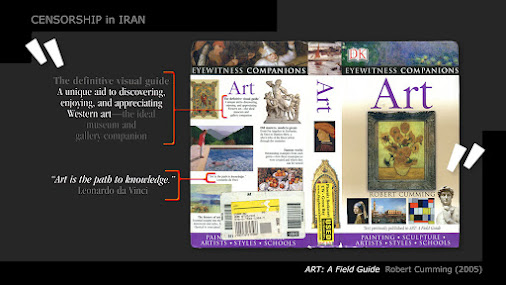The Vermilion Bird of the Chinese Constalation with 5 colors in its plumage represented fire. It is known as Zhū Què in Chinese, Suzaku in Japanese, Jujak in Korean and Chu Tước in Vietnamese.
Fenghuang, the mythological birds of East Asia, are hybrid creature who reign over all other birds. It may have the beak of a rooster, the face of a swallow, the forehead of a fowl, the neck of a snake, the breast of a goose, the back of a tortoise, the hindquarters of a stag, the tail of a fish, the head of a golden pheasant, the body of a mandarin duck, the tail of a peacock, the legs of a crane, the mouth of a parrot, and the wings of a swallow.
The Byzantine Phoenix would crash into the fire to be reborn anew.
The Griffin of the Greek -Roman mythology is comparable to Homa of the Persians.
Simorgh is the mythical hybrid creature of Iranian mythology. In the Avestan, the sacred book of Zoroastrians, she is described as having the head and wings of an eagle, the body of a lion and tail of a peacock. Over time, and across cultures there were many variants.
In the 12th century, in Conference of the Birds, Sufi poet Attar describes Simorgh as the sought after leader of all birds. But in a twist that teaches the path to Sufi enlightenment the birds find what they seek but never see her.
Instead, the reader learns that the divine they seek is all around them, and in them. And so, the popular image of Simorgh now is a flock of 30 birds. Attar reveals the pun that is her name, as Si means 30 and Morgh means bird in Persian.
Fauth has argued that all the mythical giant birds—such as Simorḡ, Phoenix, Garuḍa, the Tibetan Khyuṅ, and also the Melek Ṭāʾus of the Yezidis—are offshoots of an archaic, primordial bird that created the world. Thus Simorḡ as God in Persian mysticism would, curiously, represent a return to the original meaning.
This, I suspect, explains the the wings on the primary and most common symbol of one of the first monotheists, Zoroastar.
Note: Anomaly
A human-bird hybrid, painted in Europe in the 15th century, Bellini ignores all historic representations including its gender.
5 centuries later American painter Robert Rauschenberg's uses it in one of his prints. This Xerox of a painting, a copy of a copy, is the only version included in the Richard Cumming's popular Art Field Guide, making it the Mother Ship to arm-chair art historians.
Returning to Iran after 1979, the bosomed Simurgh is deemed non-Islamic by decree of the Ministry of Culture in the Islamic Republic. The black marker of the censors makes this version more like its original.
Personal Significance:










